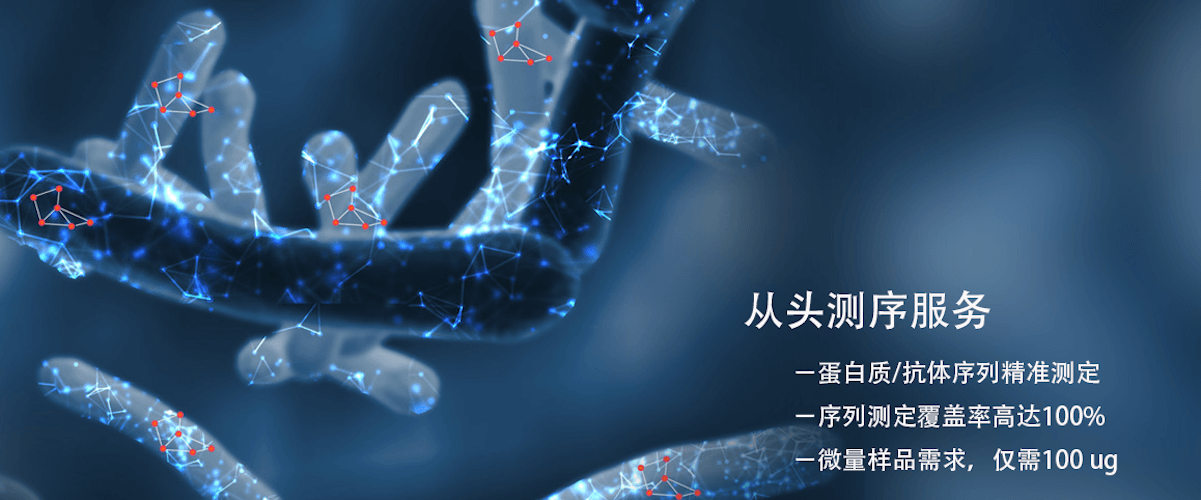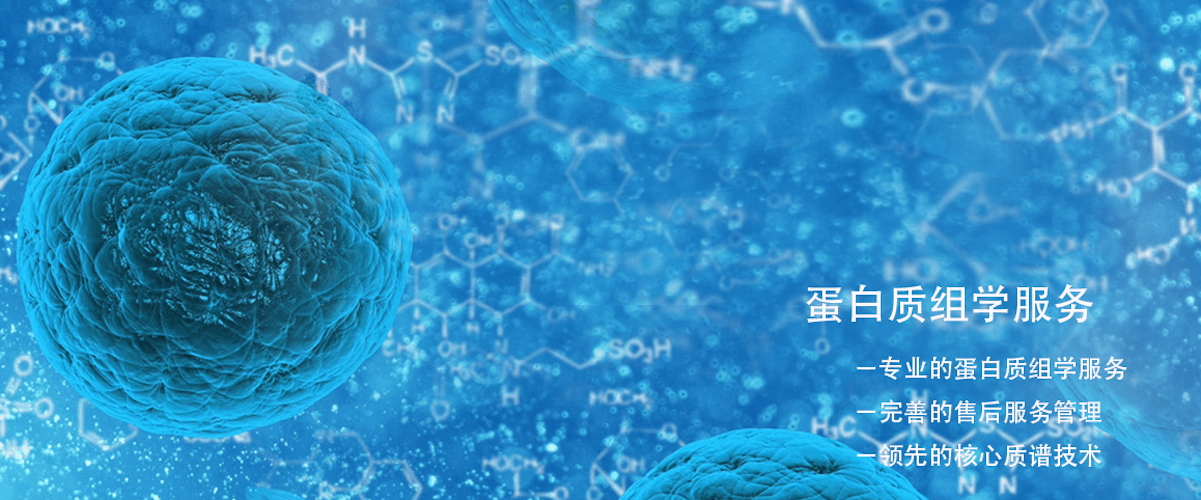What are the main methods currently used to study protein spatial structures?
The main methods for studying protein spatial structures currently include X-ray Crystallography, Nuclear Magnetic Resonance (NMR) Spectroscopy, Cryo-Electron Microscopy (Cryo-EM), Computational Modeling and Homology Modeling, and Small Angle X-ray Scattering (SAXS).
I. X-ray Crystallography
1. Principle
X-ray crystallography is one of the gold standard methods for studying the three-dimensional structure of proteins. Its principle involves crystallizing proteins and using high-energy X-rays to irradiate the crystal, then calculating the electron density map of the protein from the scattered X-ray data to deduce the spatial structure of the protein.
2. Advantages
(1) High resolution: For high-quality crystals, X-ray crystallography can resolve protein structures at very high resolutions (usually reaching 1.0-2.0 Å).
(2) Broad application: Suitable for most proteins (especially monomeric proteins and their complexes).
3. Limitations
(1) Difficulty in protein crystallization: Many proteins (especially membrane proteins and flexible proteins) are difficult to crystallize, limiting the applicability of X-ray crystallography.
(2) Requires large sample amounts: Proteins need to be extensively purified and successfully crystallized, which is often challenging.
II. NMR
1. Principle
NMR deduces the three-dimensional structure of proteins by analyzing the nuclear magnetic resonance signals of different atoms within the protein, making it particularly suitable for studying the dynamic structure of proteins in solution.
2. Advantages
(1) Solution state analysis: Can analyze protein structures in solution, reflecting the conformation and dynamic changes of proteins in their natural environment.
(2) Suitable for small proteins: Especially applicable to small proteins (generally smaller than 50 kDa), and can study protein-ligand and protein-protein interactions.
3. Limitations
(1) Limited molecular size applicability: Suitable for smaller proteins or protein complexes, with lower resolution for larger or multi-subunit proteins.
(2) Lower resolution: Although it can provide structural information, its resolution is typically lower than that of X-ray crystallography.
III. Cryo-Electron Microscopy
1. Principle
Cryo-electron microscopy is a technique that involves rapidly freezing protein samples and capturing images of them under extremely low temperatures using electron microscopy. Cryo-EM can obtain high-resolution three-dimensional structures without requiring crystallization.
2. Advantages
(1) Suitable for large molecules and complexes: Particularly applicable to large protein complexes, membrane proteins, and protein-nucleic acid complexes, and can even resolve entire protein complex structures.
(2) No need for crystallization: Unlike X-ray crystallography, cryo-EM does not require protein crystallization, addressing the issue of crystallization difficulty for many proteins.
(3) Lower sample requirement: Compared to X-ray crystallography, cryo-EM requires less sample.
3. Limitations
(1) Limited resolution: Although the resolution of cryo-EM has significantly improved in recent years, it may still be lower than X-ray crystallography for some smaller or structurally complex proteins.
(2) High equipment requirements: Cryo-EM equipment is very expensive, requiring high-end microscopes and cryogenic technology.
IV. Computational Modeling and Homology Modeling
1. Principle
Computational modeling predicts the three-dimensional structure of proteins in their natural state by simulating molecular dynamics. Homology modeling constructs the target protein's three-dimensional structure by comparing and inferring with known structures of similar proteins.
2. Advantages
(1) No experimental requirement: Can obtain protein structures without experimental data, suitable for cases where experimental methods cannot acquire structures.
(2) Fast and cost-effective: Computational modeling can quickly generate structural models as long as computational resources permit.
(3) Can provide dynamic information: Molecular dynamics simulations can predict not only static structures but also simulate dynamic behaviors of proteins, such as folding processes and conformational changes.
3. Limitations
(1) Accuracy depends on existing data: Homology modeling can only be used for proteins with similar known structures, and its precision is limited by the quality of the template.
(2) High computational demand: Molecular dynamics simulations require extensive computational resources, especially for larger proteins or long timescale simulations.
V. SAXS
1. Principle
By measuring the scattering pattern of protein samples under X-ray irradiation, SAXS provides information about the overall shape and size of proteins in solution, making it suitable for irregular or flexible protein structures.
2. Advantages
(1) Applicable in solution state: Can be conducted in solution, providing information about proteins under real physiological conditions.
(2) Suitable for large and flexible molecules: Applicable to larger protein complexes, membrane proteins, and flexible or highly dynamic proteins.
3. Limitations
(1) Lower resolution: SAXS usually cannot provide high-resolution structural data comparable to X-ray crystallography or NMR.
(2) Needs to be combined with other methods: Typically needs to be combined with other techniques (such as NMR or cryo-EM) to provide complete structural and dynamic information.
BiotechPack, A Biopharmaceutical Characterization and Multi-Omics Mass Spectrometry (MS) Services Provider
Related Services:
Protein Structure Identification
How to order?





